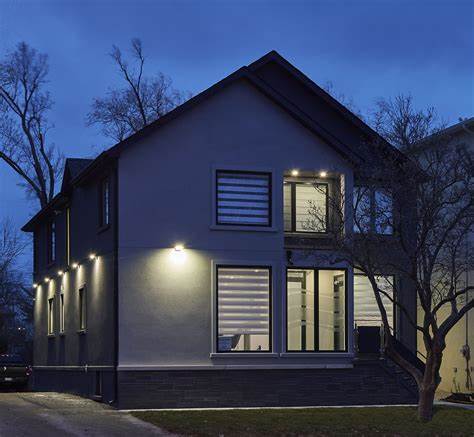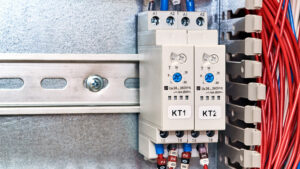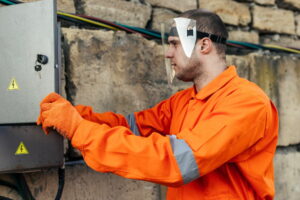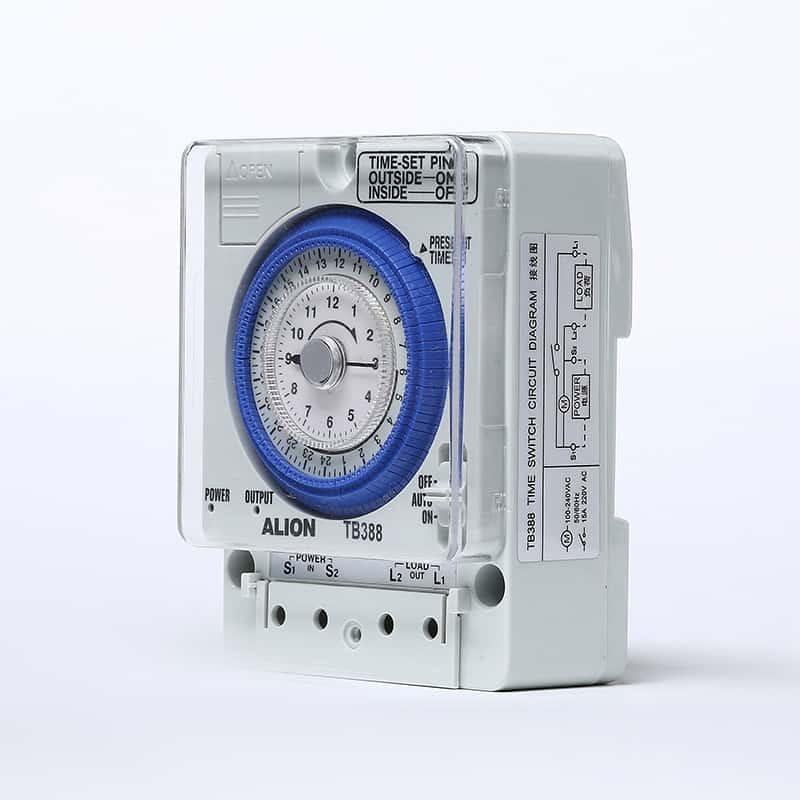As the reduction of energy use continues, one way is to reduce the use of light sources when they are not needed. In order to detect when the lamps should be turned on, most high-quality outdoor LED lights now come with photocells that are built into the factory. This is mainly used to turn off the external lights at dawn and turn on the external lights when the sun goes down.
There are many types of photovoltaic cells on the market, but their technology is the same because they use semiconductors to control current. In response to the exposure of the semiconductor to light, the fixture closes and current flows.Some photocell sensors are adjustable, allowing you to choose the level of light that will activate the semiconductor. When the night light diminishes, the water flow stops and the device starts. It is possible to produce light from dusk until dawn with this.
Since photovoltaic cells can sense the surrounding light level, they will automatically follow the seasonal changes without being affected by daylight saving time. This not only provides the safety of lighting at night, but also prevents intruders from entering, thus achieving maintenance-free energy efficiency.
outdoor-barn-light-photocell
Photocells are usually hard-wired through a 120-277V line voltage to control the entire circuit for operating outdoor LED lamps. But there are also some photocells that can be screwed on the bulb socket, so that almost any lamp or device can be a lighting system from dusk to dawn. The difference is that the photocell must be installed in each individual socket. There is also a photocell, which works with a standard wall socket and controls a straight-through plug.
Timers and motion sensors are other types of controls, sometimes used with (or instead of) photocells. Timers are useful for on-demand lighting control, such as turning off lights at work locations at a set time. Set up more complex timers to allow the input of multiple time configurations. But they lack the ability to work well under environmental factors. The local sunrise and sunset patterns will change over time and must be set manually, and the photocell will automatically sense this. The timer also cannot react to rainy or cloudy days like a photocell.
Ultimately, the needs of your particular application will determine which controls are reasonable, but photocell sensors have proven to be an important component of many outdoor lighting systems.










